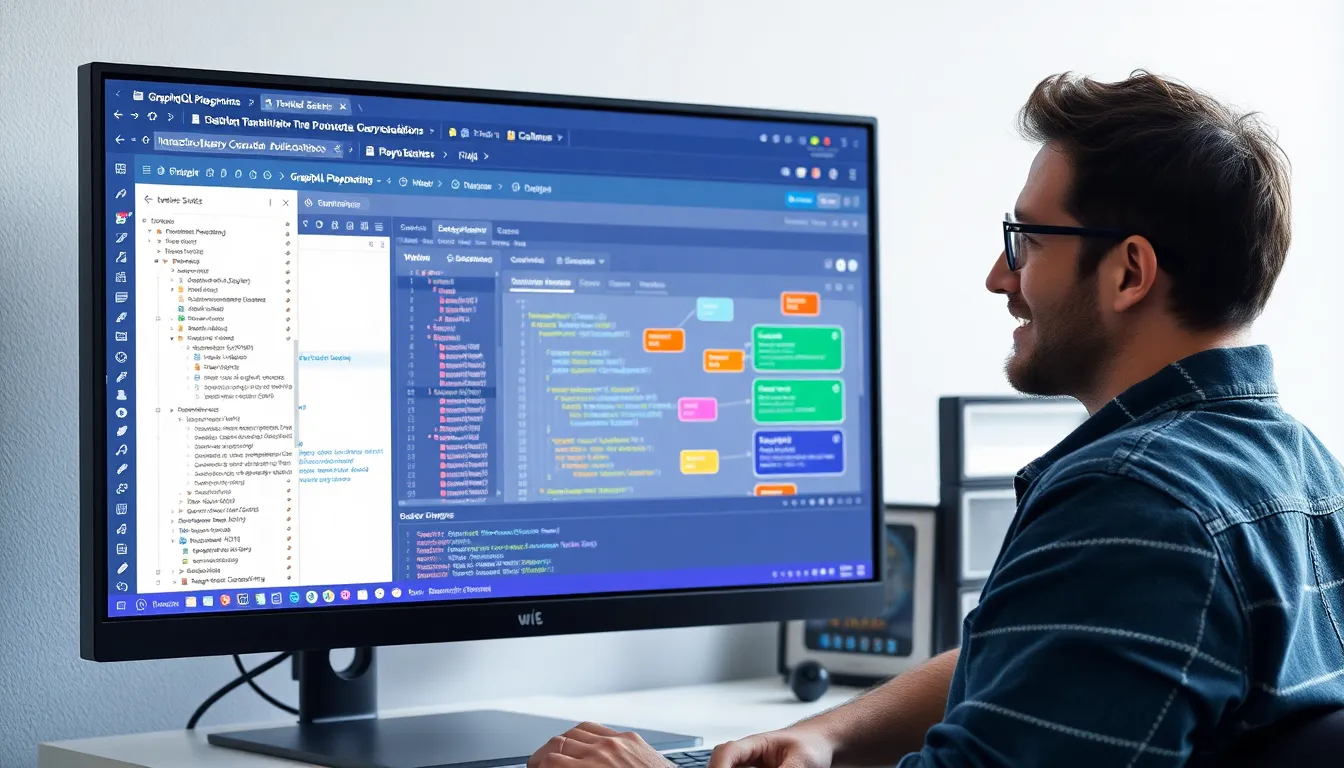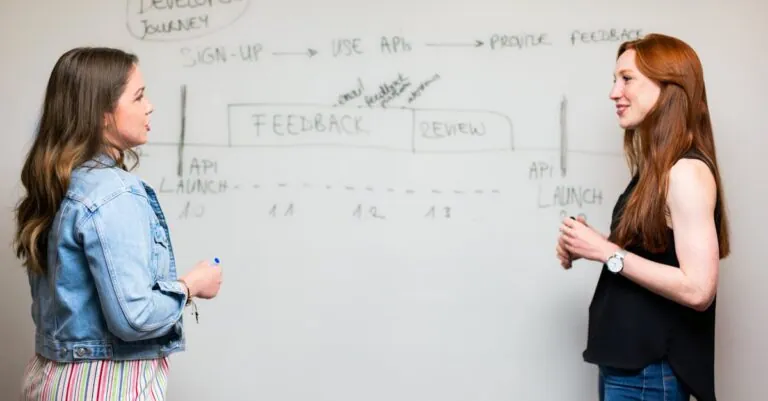In the ever-evolving world of web development, GraphQL has emerged as the superhero of APIs, swooping in to save developers from the clutches of over-fetching and under-fetching data. But even superheroes need a trusty sidekick, and that’s where the GraphQL Playground comes in. This interactive tool lets developers test queries and explore their APIs like a kid in a candy store—without the sticky fingers.
Table of Contents
ToggleOverview Of GraphQL Playground
GraphQL Playground serves as an interactive, visual IDE for exploring GraphQL APIs. Developers find this tool useful for executing queries and mutations without writing extensive code. Testing queries in real time facilitates immediate feedback, making the debugging process more efficient.
The interface presents a user-friendly environment with color-coded syntax highlighting. Auto-completion features save time by providing suggestions as developers type, minimizing errors. Additionally, documentation for APIs appears inline, allowing users to understand data types and structures clearly.
GraphQL Playground supports multiple environments, enabling developers to switch between different APIs easily. Each switch preserves the current session state, which enhances workflow and productivity. The ability to set variables and headers in one place contributes to seamless testing of authorized endpoints.
Incorporating features like query history and saved queries, users can access frequently used requests quickly. Overall, GraphQL Playground streamlines the development process, allowing developers to experiment and iterate efficiently. Integration with various web frameworks ensures compatibility and enhances its utility in diverse development environments.
Security features, such as secured connections and authentication support, add a layer of protection when accessing APIs. Understanding how to leverage these features fully helps developers maximize their use of GraphQL Playground. Frequent use leads to increased familiarity, ultimately resulting in improved development outcomes and experiences.
Key Features
GraphQL Playground offers several essential features that significantly enhance the development experience. These tools contribute to efficient API interaction and promote productivity.
Interactive Query Editor
An interactive query editor allows developers to write and test queries right within the application. This feature simplifies the exploration of data structures since autocomplete suggests fields and values as users type. Furthermore, color-coded syntax highlighting improves the readability of code, making it easier to spot errors. Testing becomes straightforward with the ability to execute queries in real-time, ensuring immediate visibility into the results.
Real-time Feedback
Developers benefit from real-time feedback while executing queries in GraphQL Playground. This instant response helps identify issues quickly, fostering a more efficient debugging process. Users can view data directly as they write queries, providing clarity on how their requests affect responses. The editor updates results dynamically, which not only enhances the learning process but also empowers developers to refine their queries effectively.
Documentation Explorer
The documentation explorer serves as a vital resource within GraphQL Playground. This built-in tool provides comprehensive details about schema, types, and available queries. It aids developers in understanding the structure and relationships of their APIs thoroughly. With just a click, users access contextual information about fields, which streamlines the development process. The seamless integration of documentation makes it easier to learn while building applications, supporting both seasoned experts and newcomers alike.
Benefits Of Using GraphQL Playground
GraphQL Playground offers several key benefits that significantly enhance the development experience. Developers gain efficient tools that streamline API interactions.
Improved Developer Experience
User-friendly interfaces within GraphQL Playground facilitate a seamless journey for developers. Anyone can engage with APIs through interactive visual components. Color-coded syntax highlighting makes errors easily identifiable, while auto-completion speeds up query writing. Real-time feedback provides immediate results, allowing developers to adjust queries on the fly. Extensive inline documentation supports users with context-sensitive help, ensuring clarity on types and schema. Overall, this environment boosts productivity and fosters a smoother workflow, catering to both novices and seasoned professionals.
Simplified API Testing
API testing simplifies significantly with GraphQL Playground. A dedicated interactive query editor enables quick experimentation with various queries and mutations. Users can easily test authorized endpoints, with security protocols enhancing safety. Query history features ensure that prior queries remain accessible, allowing for efficient revisiting and adjustments. Managing multiple environments becomes straightforward within the tool, covering diverse testing scenarios. Developers reduce complexity and risk, focusing on refining API interactions. The overall experience contributes to faster development cycles while ensuring robust testing practices.
Comparison With Other Tools
GraphQL Playground serves as a powerful alternative to several tools like GraphiQL and Postman in API development. Each tool offers unique features catering to different developer needs.
GraphiQL
GraphiQL stands out as an interactive environment for exploring GraphQL APIs. It provides basic auto-completion and a simple interface, which helps users craft queries. While it lacks some advanced features found in GraphQL Playground like session state management and query history, it remains popular for its straightforward functionality. Developers favor GraphiQL for quick testing but may find limited capabilities when it comes to extensive use cases.
Postman
Postman excels in testing RESTful APIs but extends support for GraphQL as well. Its interface includes a comprehensive set of tools for sending requests and managing environments. While proficient in managing various API formats, Postman may overwhelm users with its complexity. When compared to GraphQL Playground, Postman lacks the live query execution feedback and dedicated query editor aimed specifically at GraphQL’s unique features. Developers looking for a robust multi-API environment might prefer Postman, but those focusing solely on GraphQL might enjoy the simplicity and efficiency of GraphQL Playground more.
Conclusion
GraphQL Playground stands out as an essential tool for developers working with GraphQL APIs. Its interactive features and user-friendly interface significantly enhance the development process. By simplifying query testing and providing real-time feedback, it empowers developers to refine their work efficiently.
With comprehensive documentation and easy access to previous queries, GraphQL Playground not only boosts productivity but also fosters a deeper understanding of API structures. As more developers embrace GraphQL for its flexibility and efficiency, tools like GraphQL Playground will continue to play a vital role in streamlining workflows and improving overall development outcomes.








